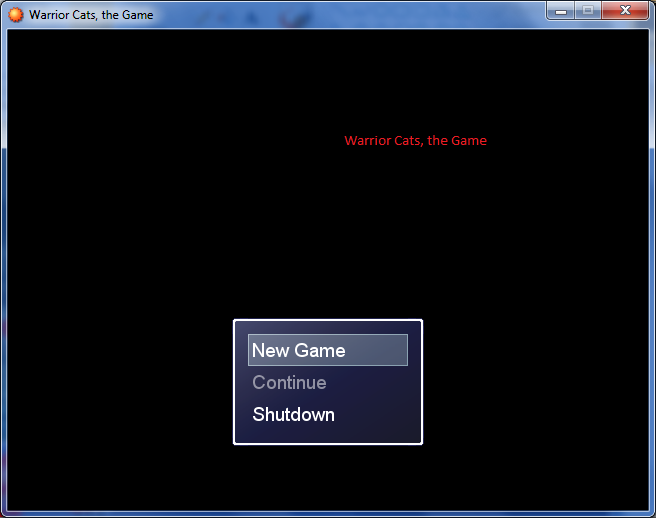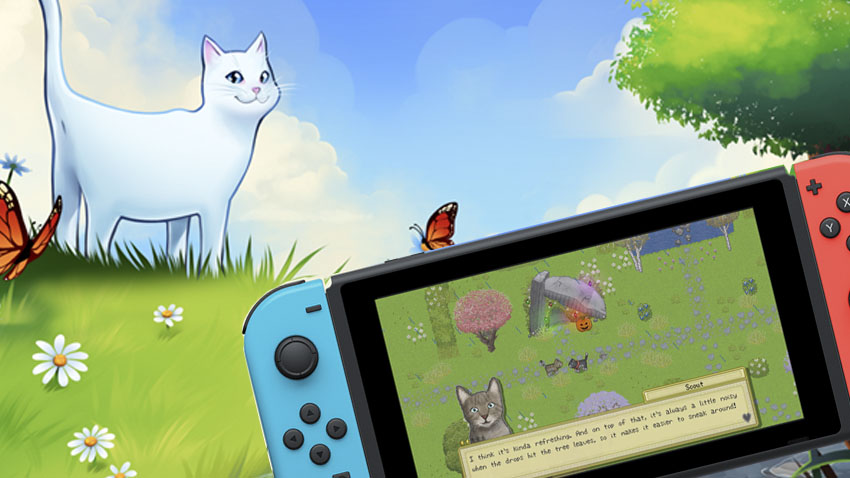
Thousands of such wheels have been found in sanctuaries in Gallia Belgica, dating from 50 BCE to 50 CE.

Votive Celtic wheels thought to correspond to the cult of Taranis.
mythology in Goidelic languages, represented chiefly by Irish mythology (also shared with Scottish mythology).  Ancient Celtic religion (known primarily through archaeological sources rather than through written mythology). The nature and functions of these ancient gods can be deduced from their names, the location of their inscriptions, their iconography, the Roman gods they are equated with, and similar figures from later bodies of Celtic mythology.Ĭeltic mythology is found in a number of distinct, if related, subgroups, largely corresponding to the branches of the Celtic languages: However, from what has survived of Celtic mythology, it is possible to discern commonalities which hint at a more unified pantheon than is often given credit. Inscriptions of more than three hundred deities, often equated with their Roman counterparts, have survived, but of these most appear to have been genii locorum, local or tribal gods, and few were widely worshiped.
Ancient Celtic religion (known primarily through archaeological sources rather than through written mythology). The nature and functions of these ancient gods can be deduced from their names, the location of their inscriptions, their iconography, the Roman gods they are equated with, and similar figures from later bodies of Celtic mythology.Ĭeltic mythology is found in a number of distinct, if related, subgroups, largely corresponding to the branches of the Celtic languages: However, from what has survived of Celtic mythology, it is possible to discern commonalities which hint at a more unified pantheon than is often given credit. Inscriptions of more than three hundred deities, often equated with their Roman counterparts, have survived, but of these most appear to have been genii locorum, local or tribal gods, and few were widely worshiped. 
Although the Celtic world at its height covered much of western and central Europe, it was not politically unified nor was there any substantial central source of cultural influence or homogeneity as a result, there was a great deal of variation in local practices of Celtic religion (although certain motifs, for example the god Lugh, appear to have diffused throughout the Celtic world).







 0 kommentar(er)
0 kommentar(er)
